If you have natural hair and you're regularly pulling out your flat iron or booking an appointment with your hairstylist, you’re likely familiar with a silk press. Or maybe you’re looking for a way to temporarily straighten your curly hair and thinking ‘what is a silk press?’ Either way, you’ve come to the right place. This glossy, bone-straight hairstyle is popping up all over our social media feeds, but the silk press has actually been around for a very long time. Temporarily giving you the slickest, smoothest, straightest strands, without the use of chemicals, the silk press gets its name from the hair straightening technique itself — pressing the hair with a hot tool to make it silky smooth. If you’re looking for a no-commitment way to straighten your strands, read on for everything you need to know about the silk press.
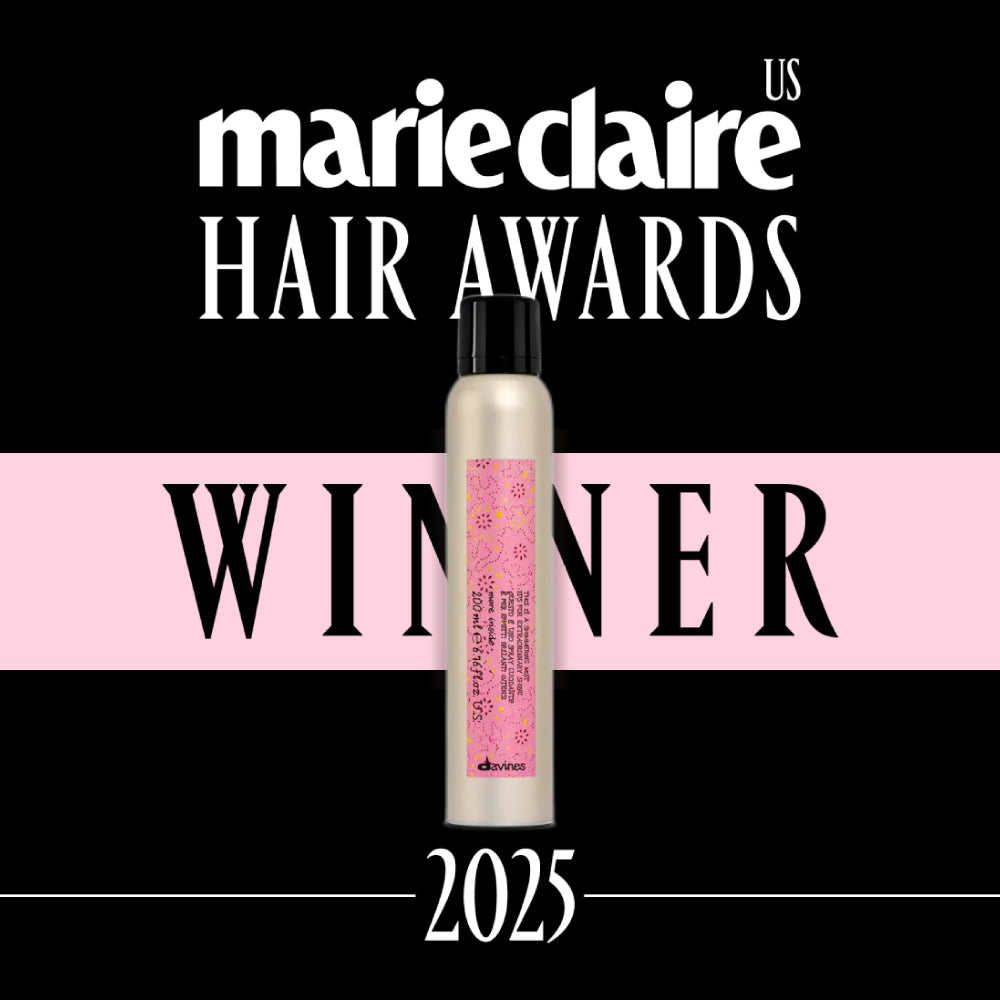


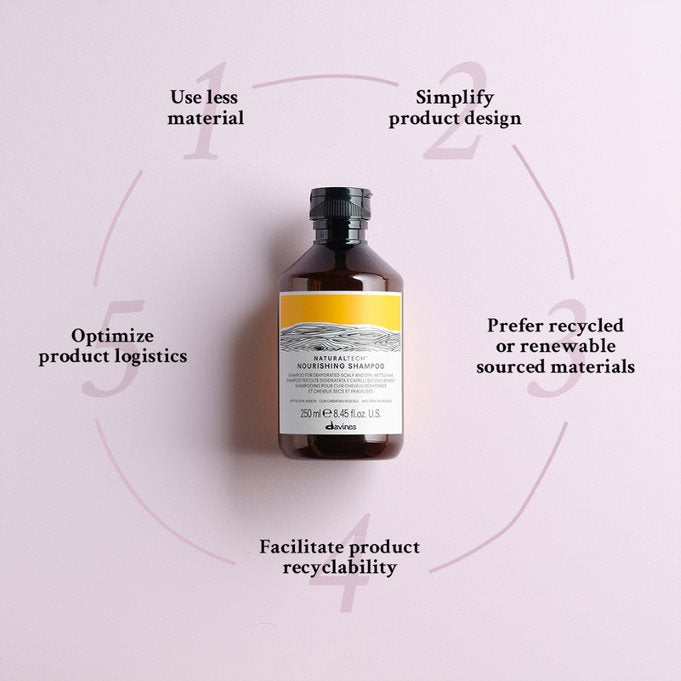
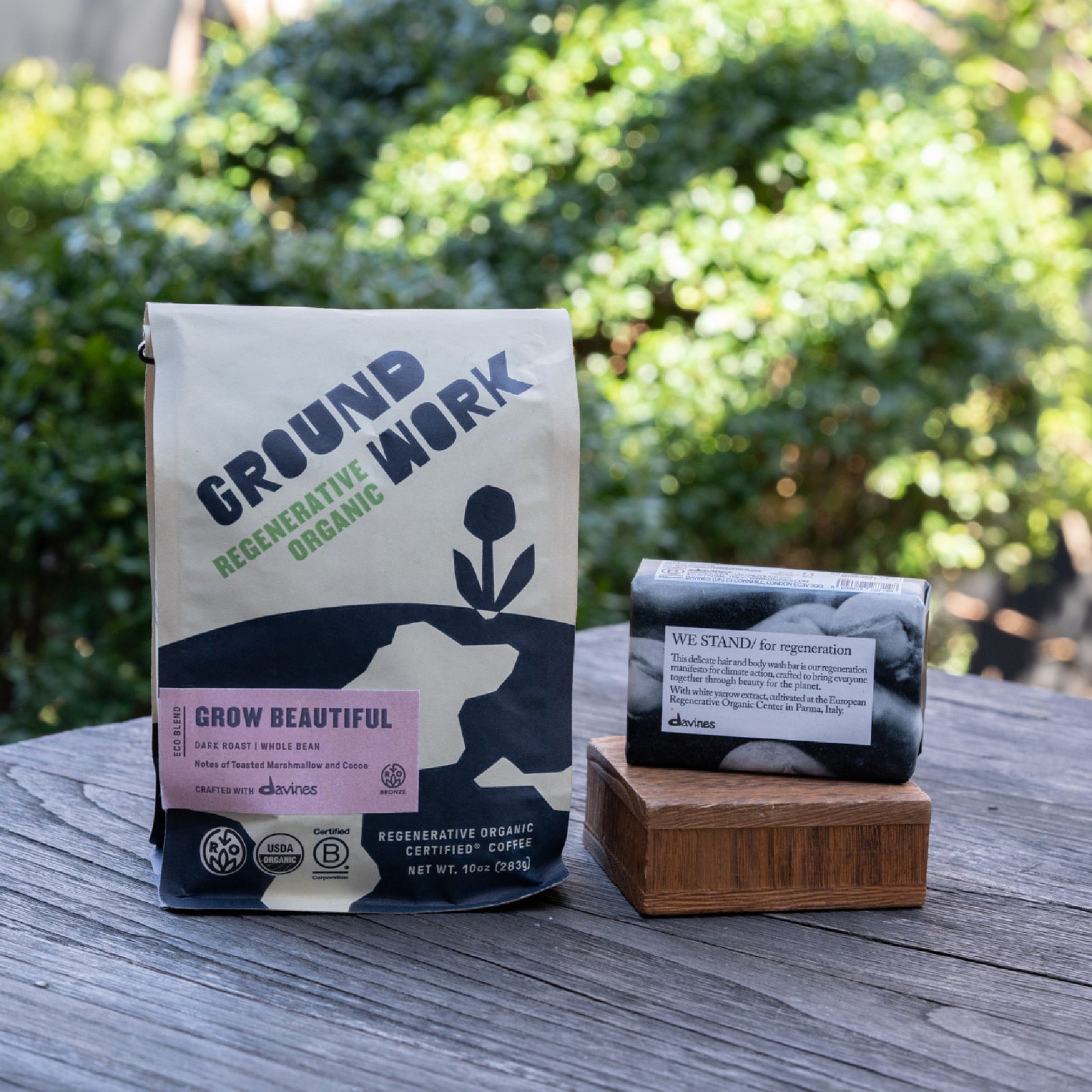
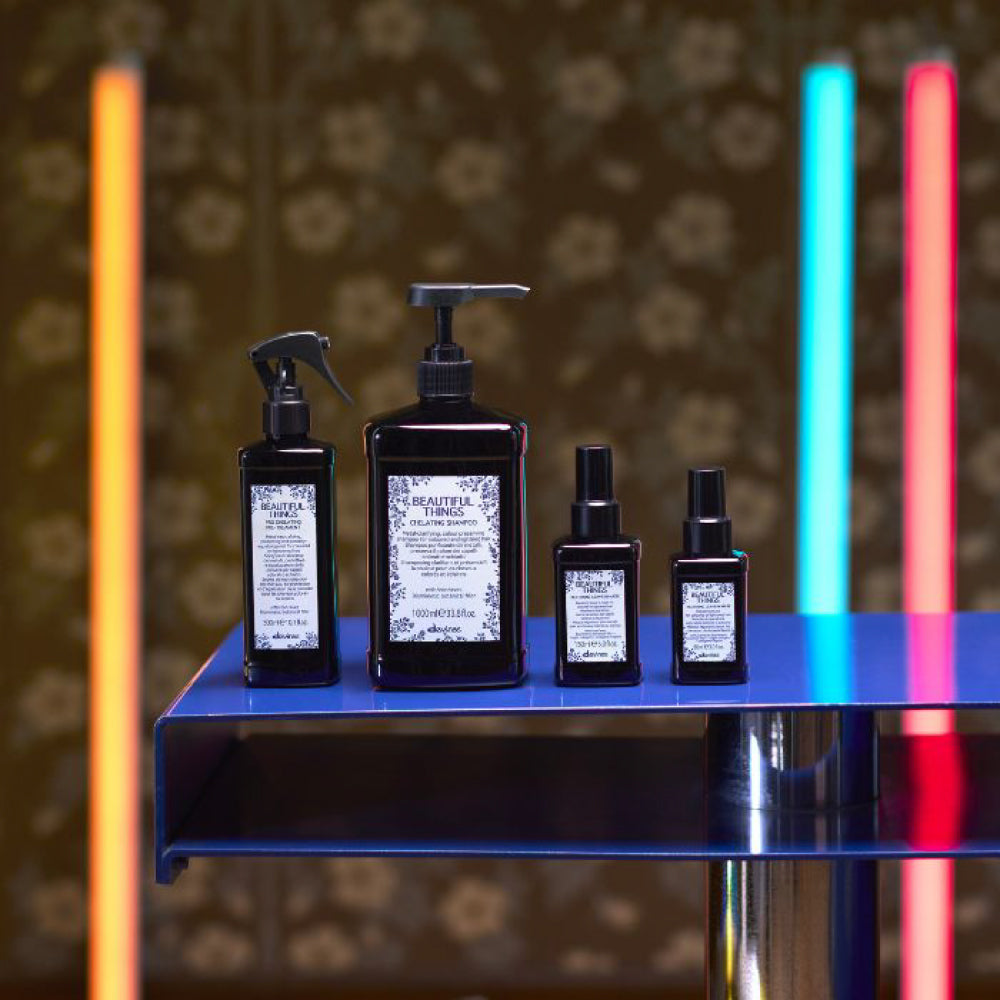

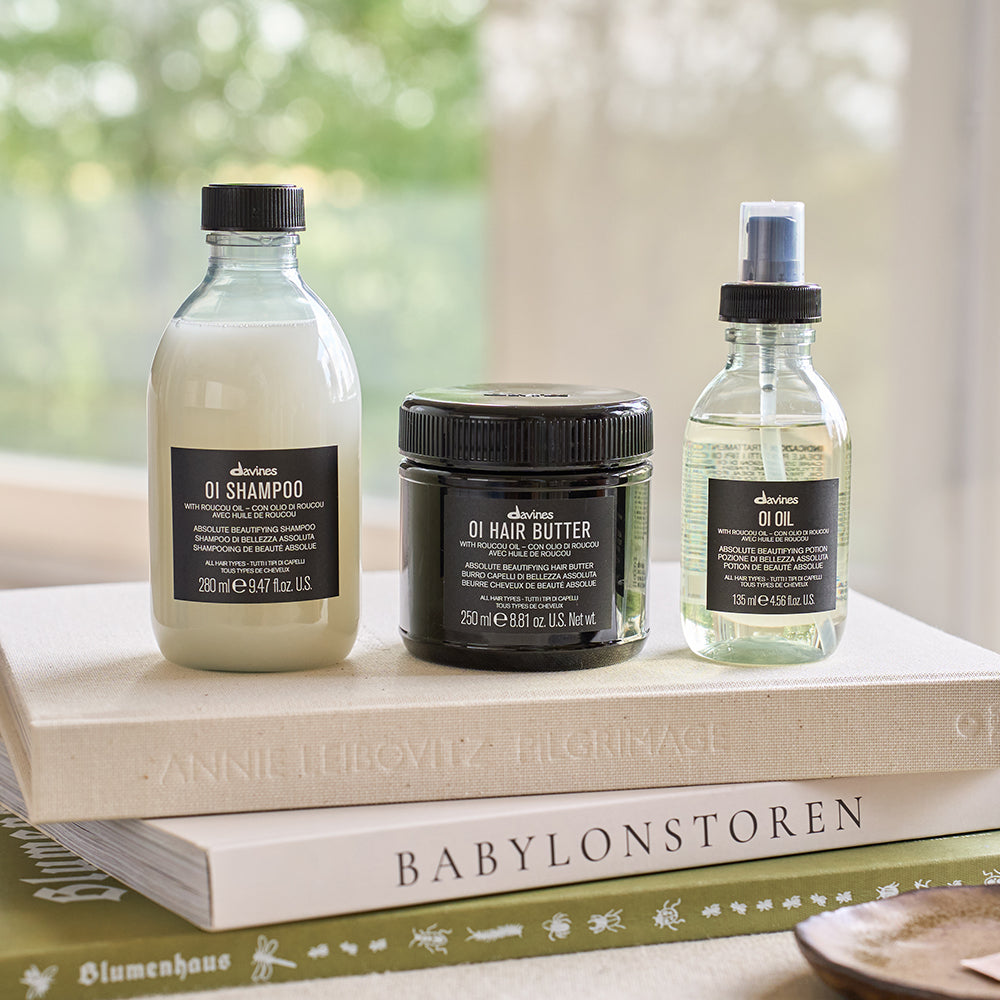
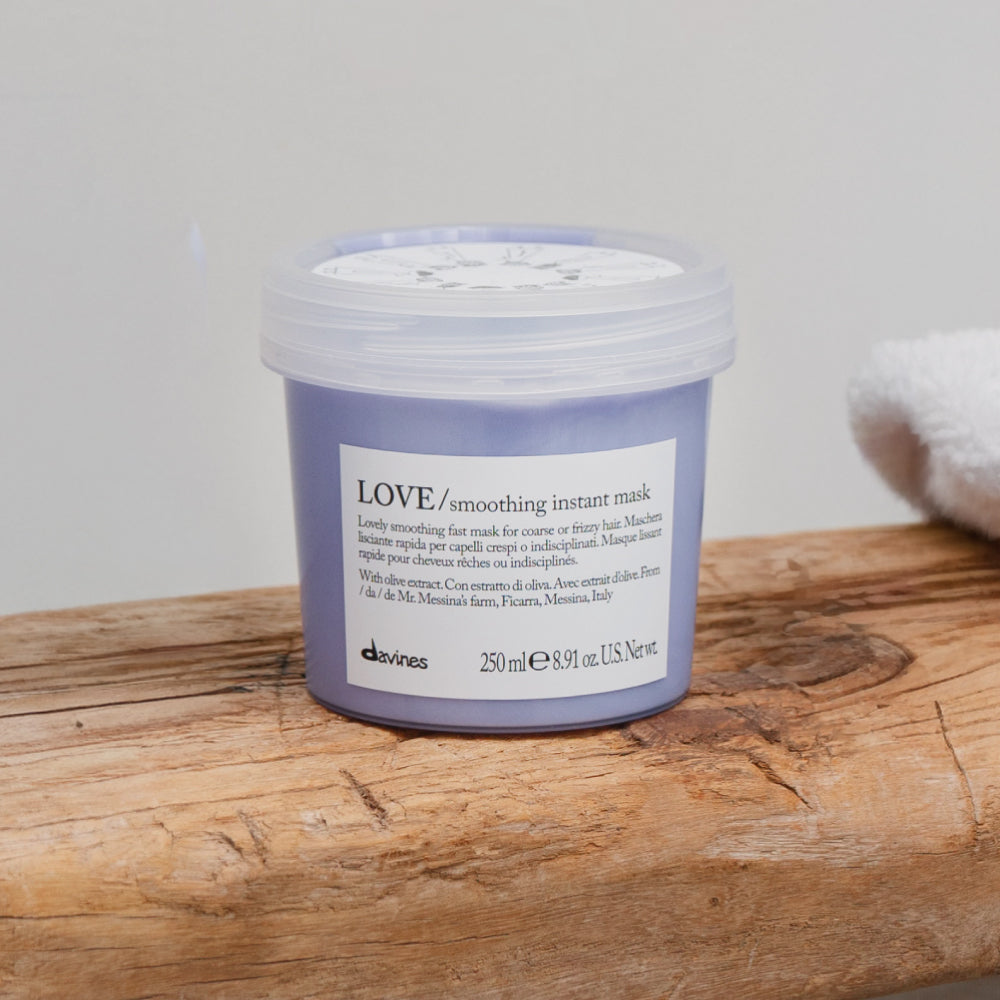
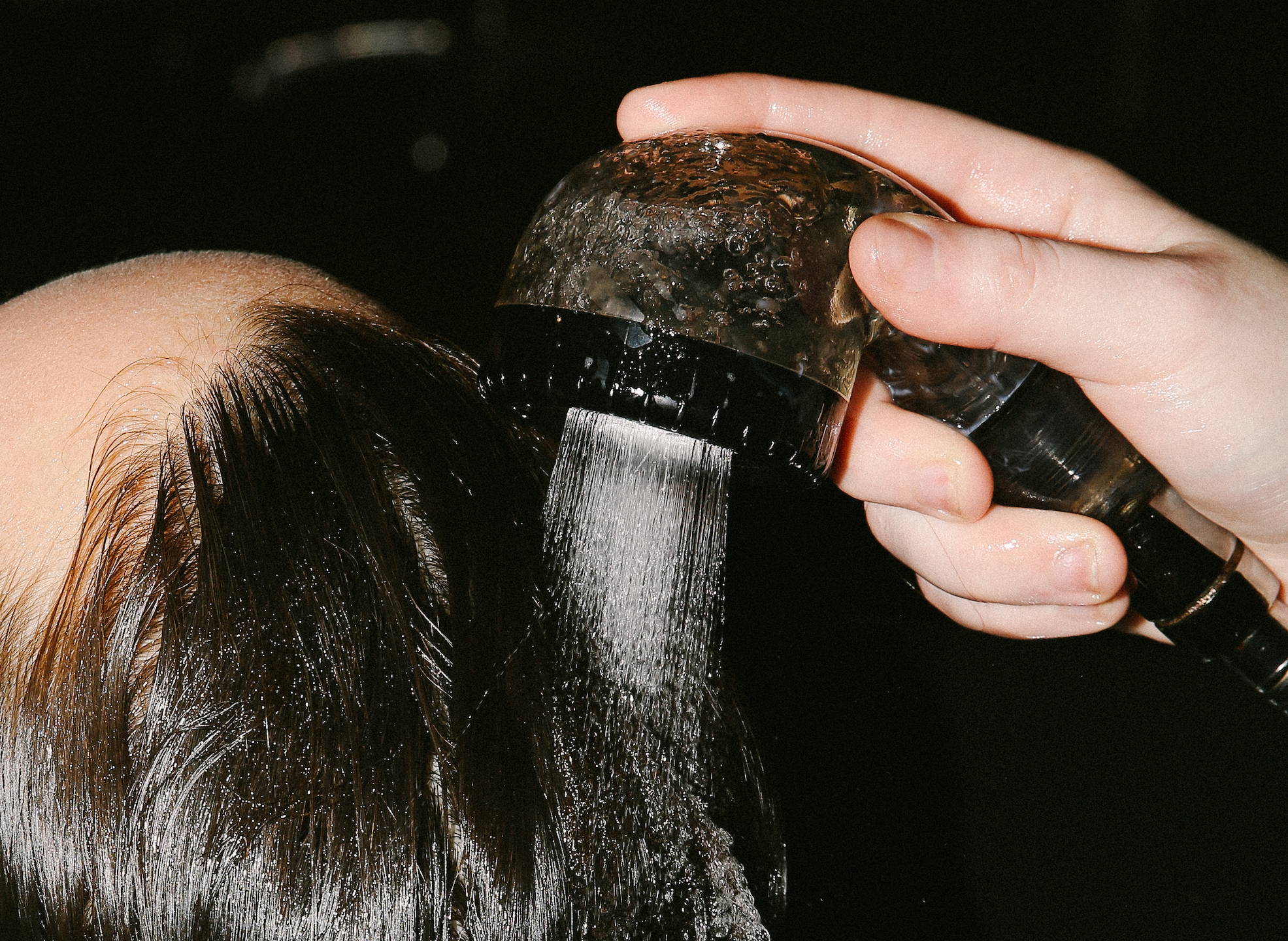
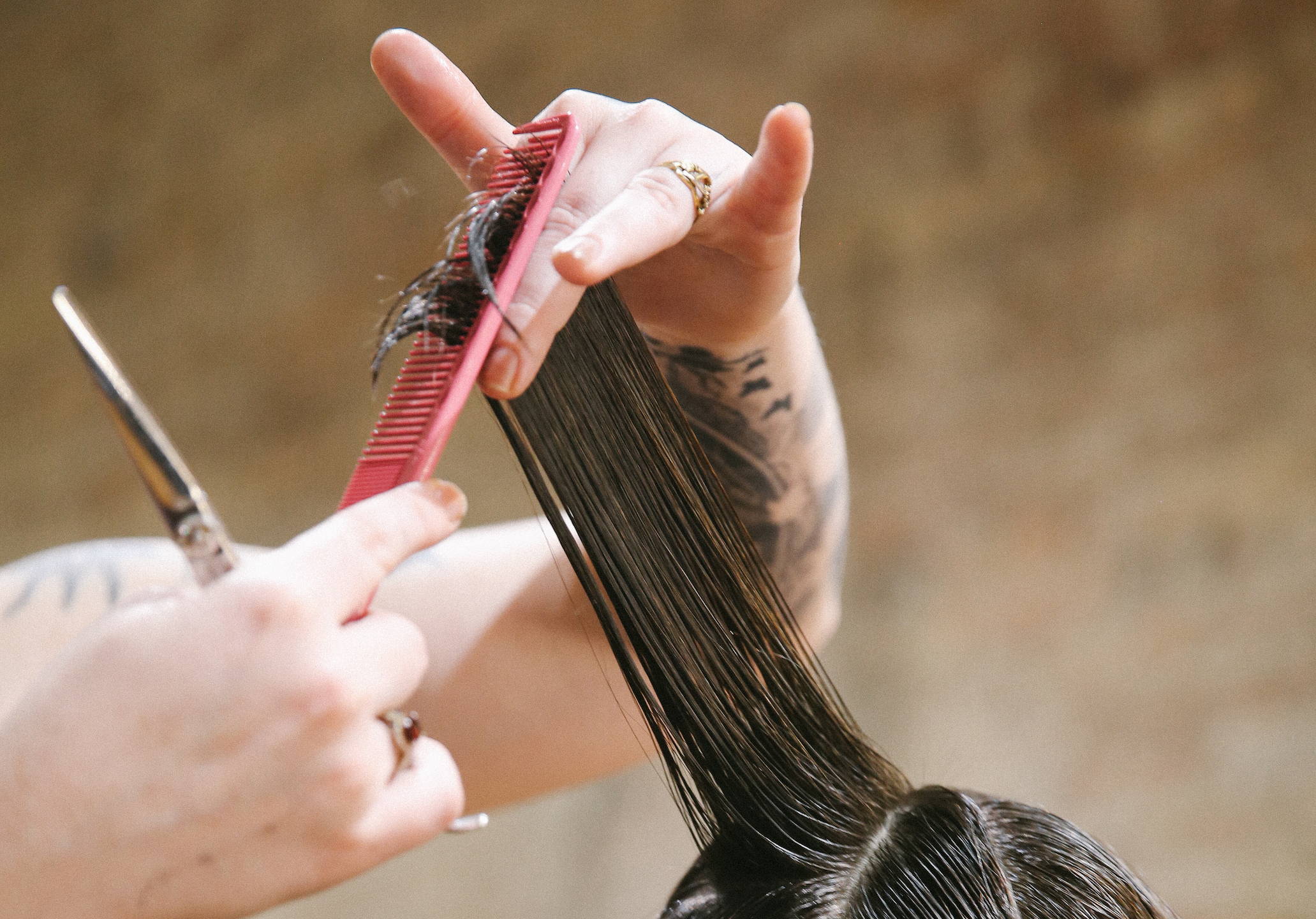

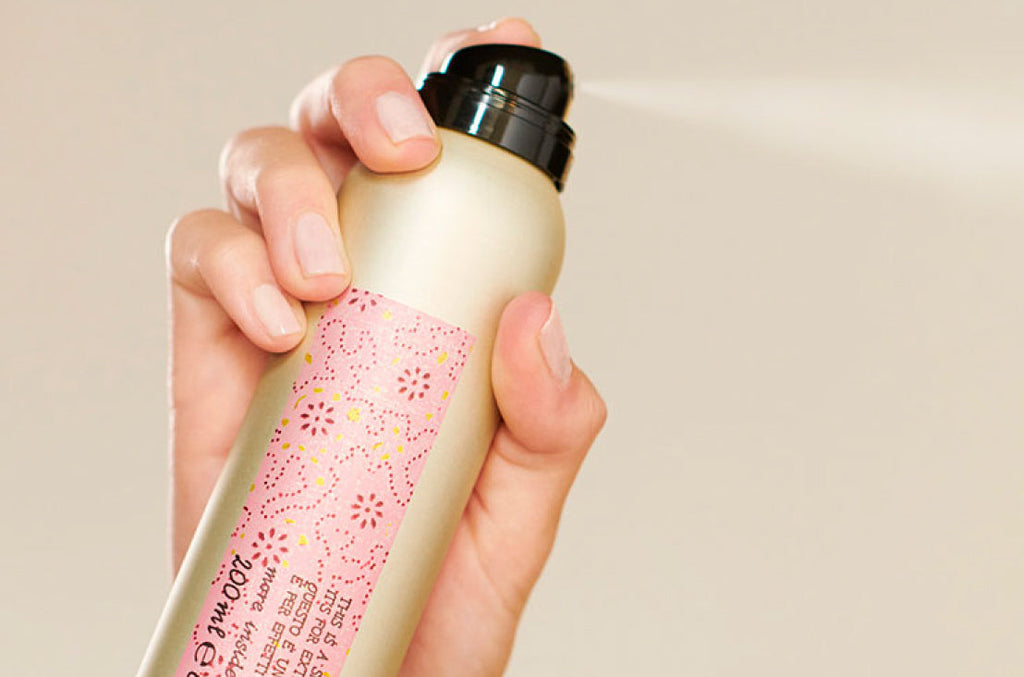
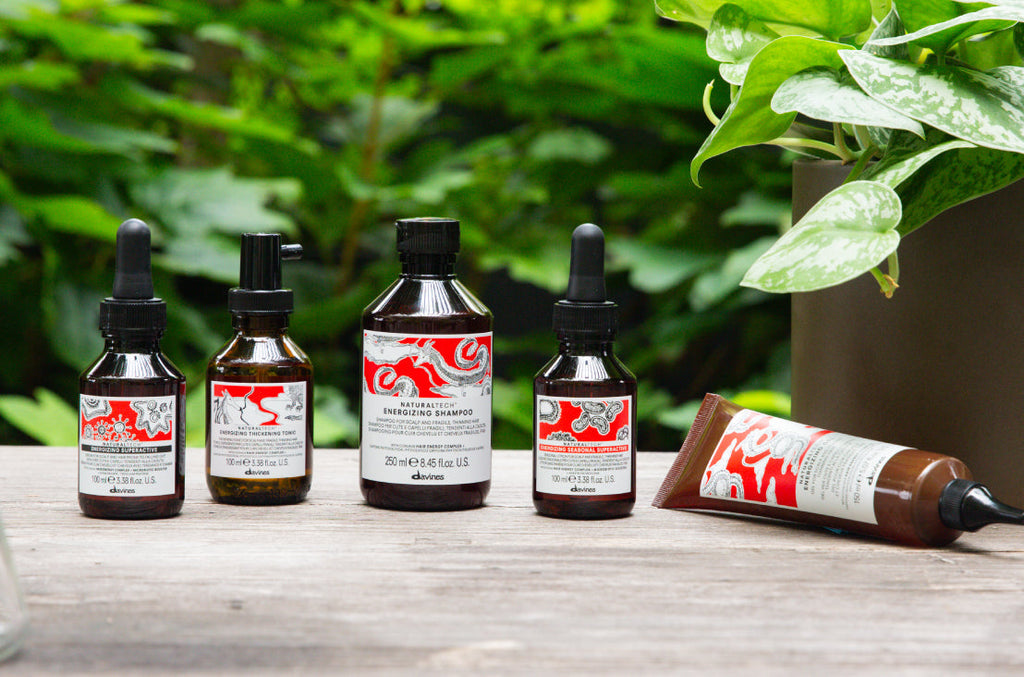
Leave a comment
Comments will be approved before showing up.